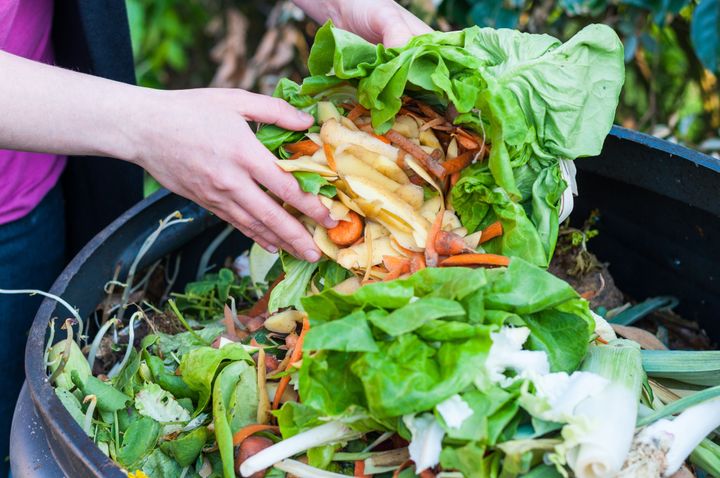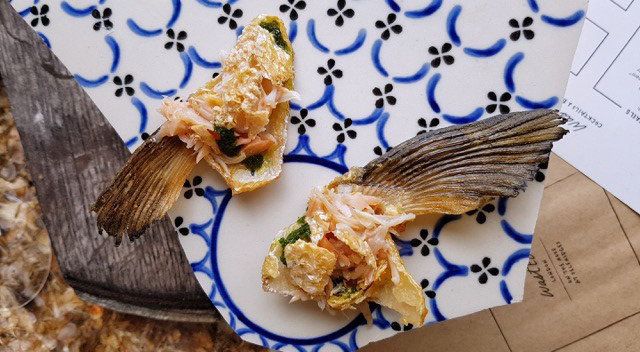It’s terrible that most of us still struggle with food waste - 7.3million tonnes of food are wasted by UK households each year - but offering some suggestions is New York-based chef Dan Barber, whose latest brainchild is sustainable eating pop-up restaurant, wastED.
“Here in England, compared to the United States, there’s a conscious food culture that sees food waste as a problem that is actionable by our choices,” says Barber.
Here’s his thoughts on what we can be doing at home to eat more sustainably.

1. Get more creative
If you’re an at-home green juicer, you probably toss away a lot of fruit and vegetable pulp. “That fibre is delicious and nutritious,” says Barber.
“I would take it and dry it out in the oven and then add it to stews and pastas. It’s almost no work at all.”
You may also want to consider how much you’re juicing. “I’m not sure that juicing vegetables is the best use of them,” says Barber. “To eat them whole more, the way they were grown, would be better.”
2. Change your expectations
We live in a society that expects protein to be at the centre off its plate.
“Adjusting the idea of having 6 or 7oz (179-190g) piece of chicken, fish or beef as the central part of your plate seven days a week is a bigger part of being more sustainable than all of the eating ugly fruit and veg stuff,” says Barber.
Base meals around grains and plants and use a little meat for flavour and seasoning. “With my family, I might cook a shoulder of lamb on a Sunday and break some off to toss in a pasta, put some in a bean-based stew. That way, it lasts all week,” he adds.

3. Get to know the world’s cuisines
“A lot of the great cuisines of the world – East Asian, Latin American, Indian, Cantonese – use a smattering of meat, but don’t base dishes around it,” says Barber.
“And their flavours are delicious. Paying homage to these ways of eating and recipes are a great way we can cut down on food waste.” Try this lentil dhal recipe with wholegrain rice.
4. Think like a chef
Re-using leftovers and working every scrap of an ingredient into dishes is hard-wired into chefs. When you’re running a food business with tight margins, it’s the only way.
“Tonight on the menu at Blue Hill (Barber’s New York farm-to-table restaurant) we’ve got a braised lamb and winter ravioli on the menu. I can tell you that is made using last night’s lamb that didn’t sell, but I’m not going to advertise that to a customer.”
Apply the re-working mentality at home to give new life to leftovers – and save them from the bin.

5. Channel your ancestors
Most of the world’s iconic dishes, from coq au vin to bouillabaisse, were invented as ways to use up ingredients that were a little battered and past their best. “Being thrifty is in the British DNA,” says Barber.
“Black pudding, Shepherd’s Pie and haggis have all stood the test of history because they taste great and they make the most of local produce.” Take that mentality and buy lesser used cuts of meat like oxtail or chicken gizzards.
“Those are the parts of the animal that take passion and energy to transform into a remarkable thing,” says Barber.